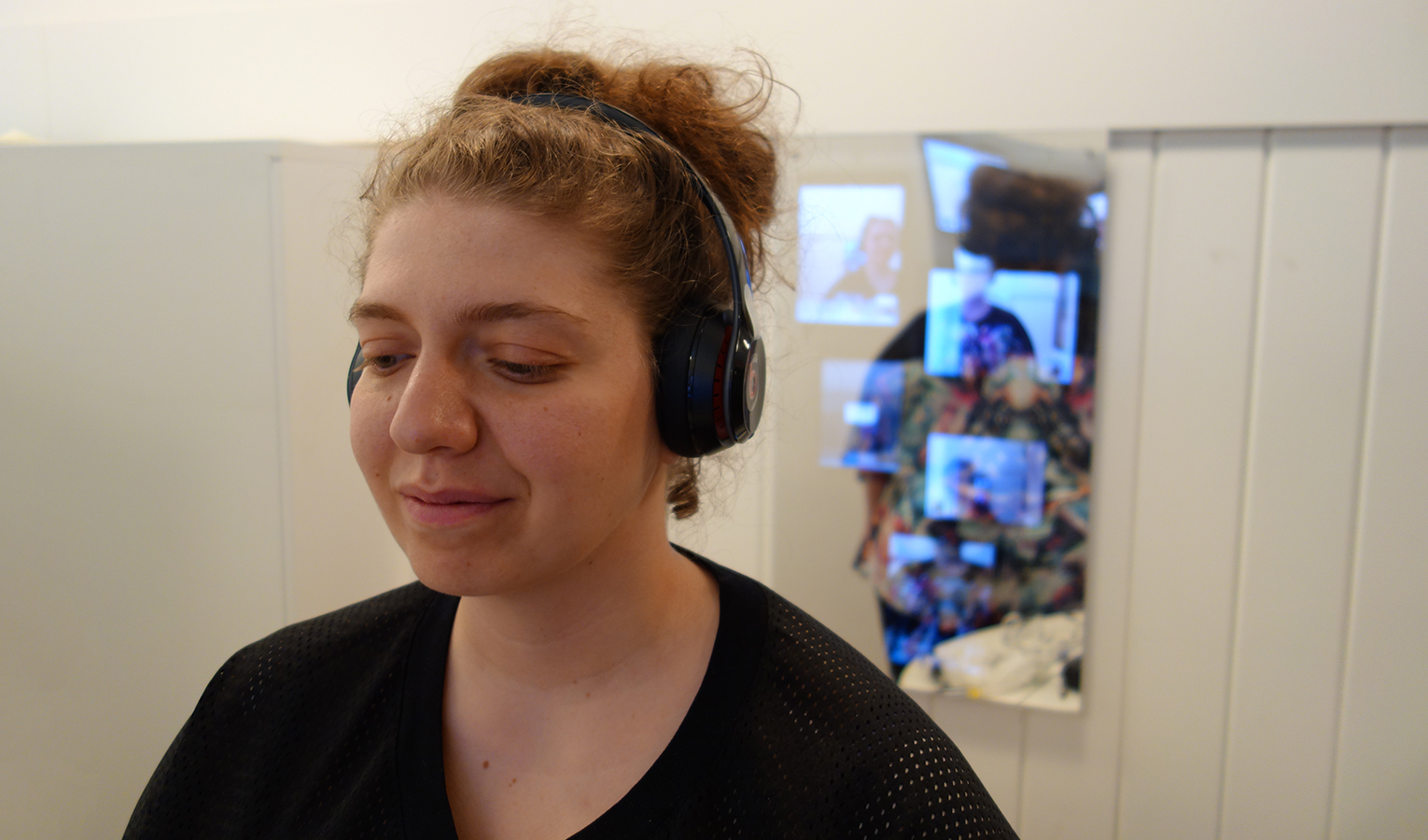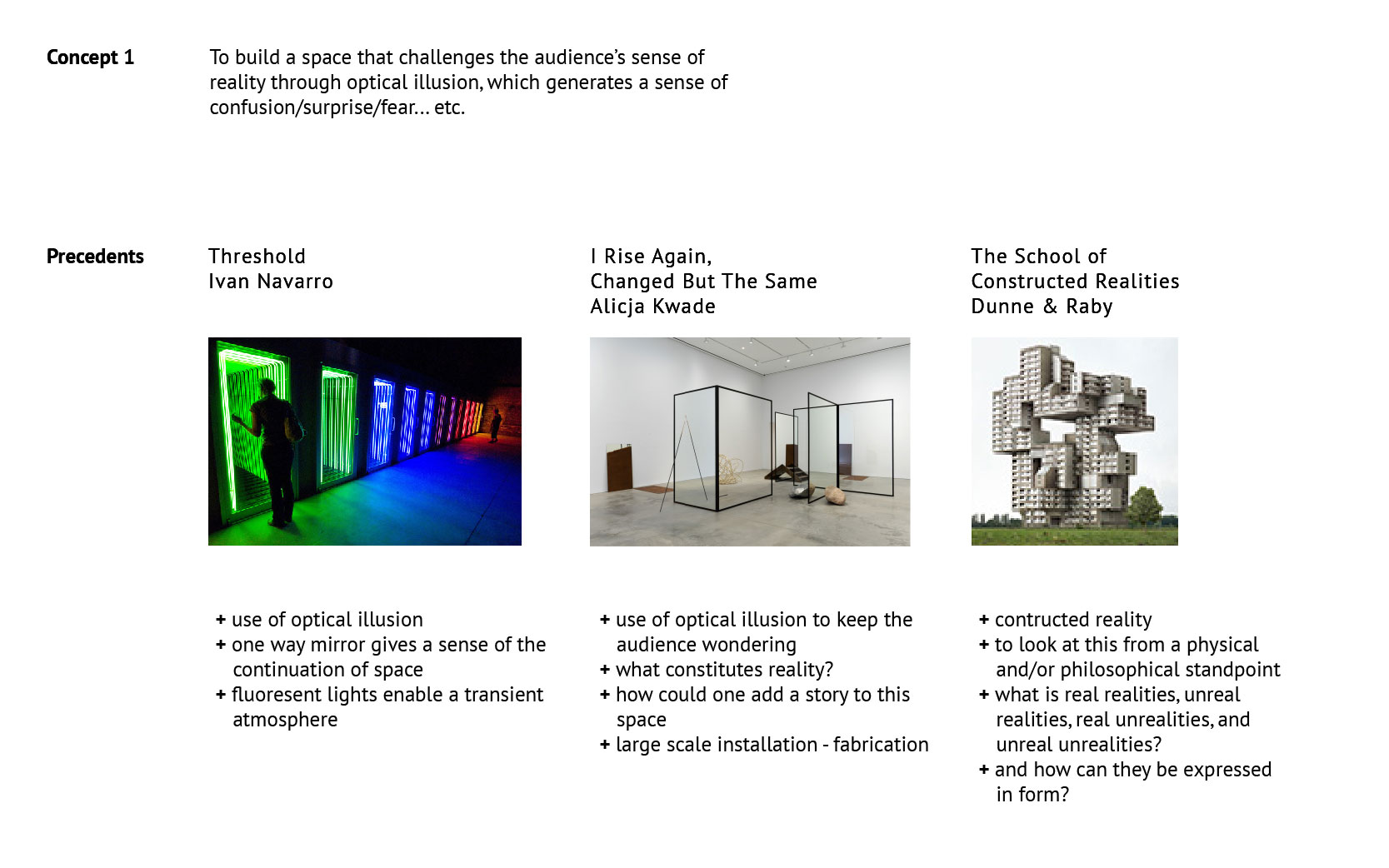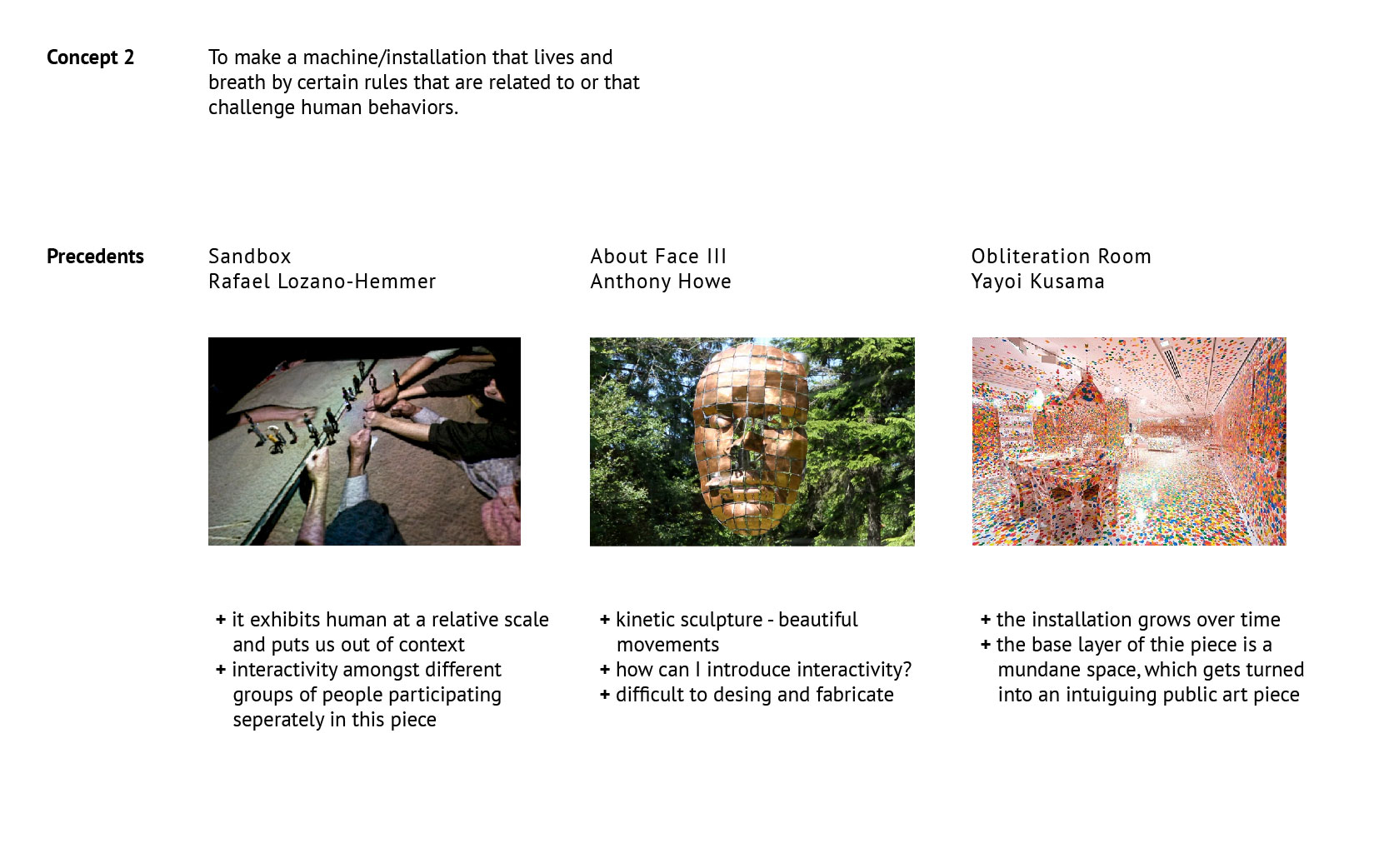I consider myself a design maker who works through the language of space. I have always invested my time and energy into creating something that is tangible and beautiful at the same time. It is important that my work bridges different disciplines, I strive to use technology not only as a tool but also incorporate it into my ideation process. I strive to create art pieces in which technology would be constructive yet not intrusive, and thus give the audiences an opportunity to appreciate the content of the pieces.
In architecture school I was trained to think in terms of space and how people move in relationship to space. I try to see not only the structure, but also the volume that is created in between. I found it interesting to take note of not only the positive shapes, but also the negatives — they are equally important. I believe that our understanding of the environment is constructed of both what we can perceive and the lack there of.
The million dollar questions is: “How is reality constructed?” I’ve chosen to look into some specific aspects to this question in attempt to focus my research. Firstly, who am I researching for? I’m discussing reality in the context of what it means to us as humans, which are capable of reasoning and logical thinking. From then on, how do we—as humans— approach and understand what reality is? I begin to imagine that this process can be generalized into two parts: we are first passively absorbing the sensory inputs we get from our surroundings, and when we actively interact with the surroundings, we are able to collect feedback. Finally, where do we go from there? We build on top of our existing knowledge of the reality that we are in, we pass that knowledge onwards and form a societal opinion on the world where we exist.
Let’s take a closer look at the second questions from above, and further break down this process of “perceiving, reacting, and . How can the physical space help or mislead us on understanding reality, and how does our senses and perception play a role in this process? What are the limitations to our senses? As technology advances, we seem to see the world in a more precise manner than we did before, and I wonder if that means we are getting closer to reality.
Through this project I aim to create an alarming disconnect between the physical environment and the perception of my audiences. I hope to provide an opportunity for the audiences to become aware of the possible disconnect between their sensory inputs and the physical reality. More specifically, I would like to create the following situations:
unreal realities
Bring attention to how our perception can be deceiving.
real unrealities
Imagine and realize what could exists beyond our human range of senses.
The terms “unreal realities” and “real unrealities” are taken from the short story “School of Constructed Realities” by Dunne & Raby. I’ve used them here in the context of my thesis, which does not necessarily align with the authors’ originally definition. In order to properly continue my exploration, there are several more terms I will need to clearly define: environment vs. reality, and sense vs. perception.
In one sentence, I hope this project would inspire my audience to re-assess what they believe to be or not be the reality.
Concept statement WIP
I plan to create an environment that challenges the constituents of our perceived reality. I hope to provide an opportunity for the audiences to become aware of the possible disconnect between their sensory inputs and the physical reality. Facilitated by space design, kinetic sculptures and AR technology, the project space will bring surprises, confusion and excitement of revelation. I would like my audience to walk away noticing things they've taken for granted and overlooked; with a mindset of skepticism for their old practice of perception.













